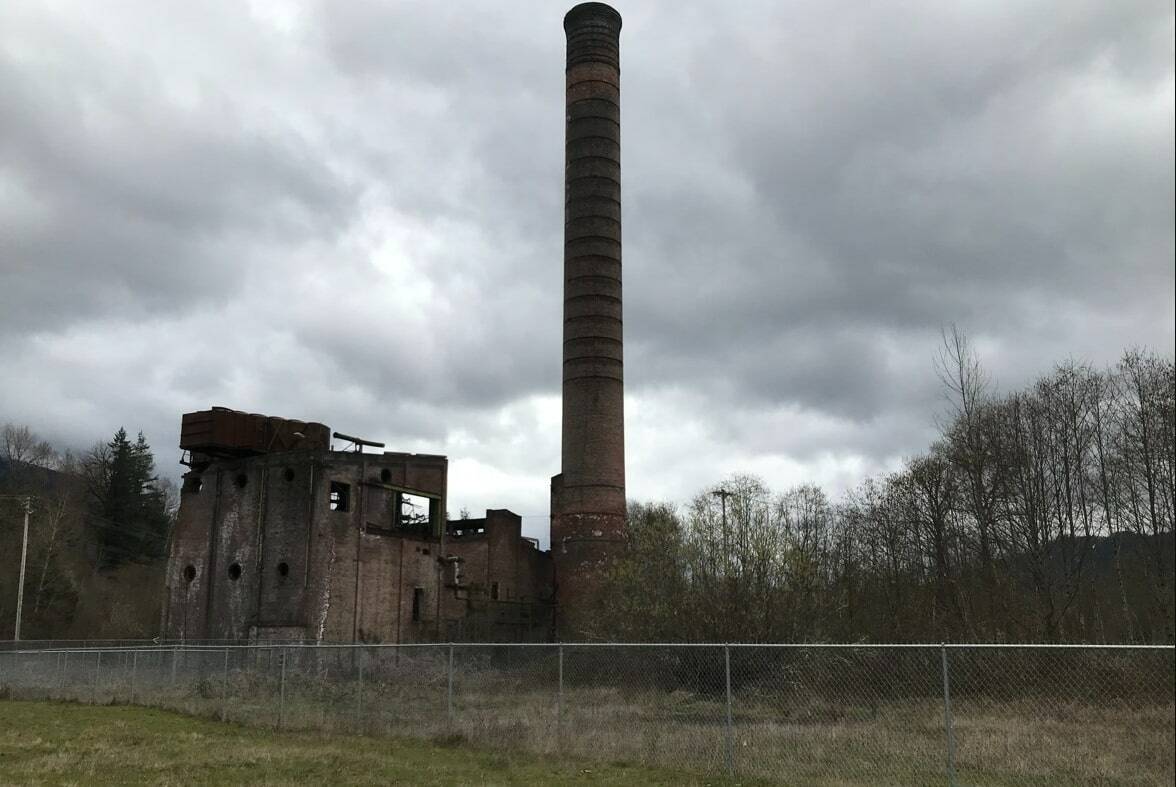After a months long wait, the City of Snoqualmie has released a Final Environmental Impact Statement (EIS) for the Mill Site on Thursday, Dec. 9.
The Mill Site is a 261-acre property, just north of downtown Snoqualmie, that the city annexed for development in 2012 following a pre-annexation agreement with property owners, Snoqualmie Mill Ventures (SMV) LLC.
The area has been a contentious issue in the city, as several areas of the property are heavily polluted. A Draft EIS released in April 2020, received over 900 pages of public comments.
The release of the final statement does not green light construction on the property, but does move the process forward. The EIS, alongside a Commercial and Industrial Plan from SMV, will first be presented to the city’s planning commission, who will make recommendations prior to the proposal going to the city council for approval.
Gail Folkins, a spokesperson for the city, said the city council likely will not review the EIS until the spring or early summer of next year.
If the plan is approved by council, SMV can submit permits to begin developing the property. Development is expected in three phases over a 10 to 15 year period, bringing 1.83 million square feet of properties to the site.
In August, the Washington state Department of Ecology completed a site hazard assessment of the Mill Site, finding that it posed a high risk to human and environmental health and could take years to fully clean.
The site was given a score of one out of five on the Washington Ranking System, with one being the highest potential threat to human and environmental health. However, there is no known or anticipated pollution in phase one of development.
In the final EIS, the city said the proposed development could bring an estimated 3,400 jobs and 160 units of multi-family housing to the city.
It could also provide much needed revenue to the city, which is facing economic challenges going forward due to a combination of the Salish Lodge Expansion fall out, the build out of the Snoqualmie Ridge and the pandemic. The first phase alone is expected to bring a net gain of $7.4 million to the city, according to the final EIS.


